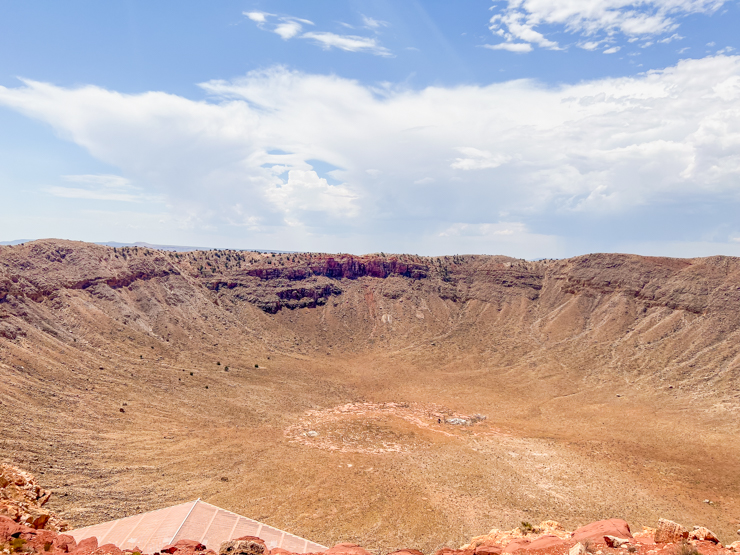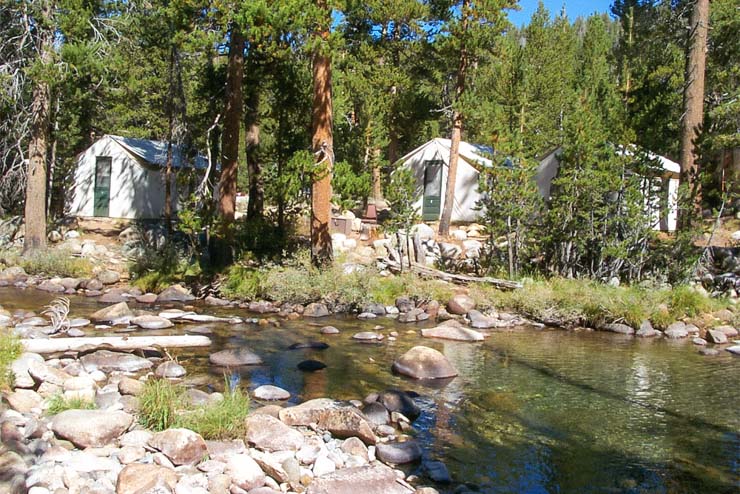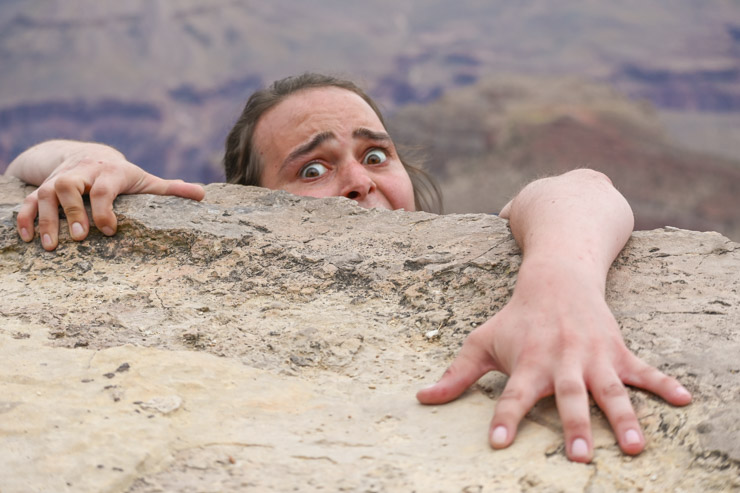Picaridin or DEET: What’s the Difference and Which Is Safer for Camping and Hiking?
When you’re planning a camping or hiking trip, one thing you definitely don’t want to forget is insect repellent. Whether you’re deep in the woods or just enjoying an evening by the lake, mosquitoes and ticks can quickly turn a great day into a miserable one. Two of the most common ingredients in store-bought repellents are picaridin or DEET. But what’s the difference between them? And which one is safer, especially if you’re traveling with pets?

Let’s break it down so you can make an informed choice for your next outdoor adventure.
What Is Picaridin?
Picaridin is a synthetic compound developed in the 1980s by Bayer and modeled after the natural compound piperine found in black pepper plants. It’s been widely used in Europe and Australia for decades and gained popularity in the U.S. as a DEET alternative.
Picaridin works by blocking a mosquito’s ability to sense its human target. It repels mosquitoes, ticks, flies, fleas, and chiggers. You’ll find it in 5%–20% formulations. Higher concentrations provide longer protection, up to 12 hours for mosquitoes and 8 hours for ticks.
What Is DEET?
DEET (short for N,N-Diethyl-meta-toluamide) has been on the market since the 1950s and is the most well-known insect repellent. It’s incredibly effective at repelling mosquitoes, ticks, biting flies, and other pests.
DEET doesn’t kill insects but interferes with their ability to detect body heat and carbon dioxide, making it harder for them to find you. It is available in concentrations ranging from 5% to 100%, but around 20%–30% is enough for most people, offering several hours of protection.

What’s Safer: DEET or Picaridin?
Both DEET and picaridin are considered safe when used as directed, but they each have pros and cons.
Picaridin pros:
- Odorless and non-greasy
- Less likely to irritate skin
- Doesn’t damage plastics or synthetic materials
- Lower toxicity to humans when compared to DEET
DEET pros:
- More research-backed due to its longer history
- Broad-spectrum protection
Concerns with DEET:
- Strong smell and oily feel
- Can irritate eyes or skin in higher concentrations
- Can damage plastic gear, sunglasses, and clothing
- Not recommended for daily use over long periods
For families with young children or those with sensitive skin, picaridin may be the better choice. However, DEET still holds the top spot for extreme environments with dense insect populations.
Are Picaridin or DEET Toxic for Dogs?
This is a must-know if you’re bringing your four-legged companion on the trail.
DEET is toxic to dogs. Even small amounts can cause vomiting, tremors, and seizures if ingested or absorbed through their skin. Never apply DEET products to your pet.
Picaridin is also not recommended for dogs. While it’s less toxic than DEET, ingestion or exposure can still lead to health issues.
Use pet-specific insect repellents or natural alternatives that are safe for animals. Always read labels carefully.

How Often Should You Reapply?
Picaridin:
- 10%: Every 4–6 hours
- 20%: Up to 12 hours of protection
DEET:
- 10%: About 2 hours
- 30%: Around 6 hours
- 100%: Up to 12 hours, though this high a concentration is rarely necessary
Sweating, swimming, or towel-drying can reduce the effectiveness of either product, so reapply as needed.
Looking for a Natural Option?
If you prefer to avoid synthetic repellents altogether, we’ve got you covered. Our go-to solution is this Homemade Mosquito Spray with Essential Oils. It’s simple to make, gentle on skin, and safe for families who want to stay bite-free the natural way.
Both DEET and picaridin are effective insect repellents, but choosing between them comes down to personal needs, comfort, and safety—especially when pets or children are involved. For most casual campers and hikers, picaridin offers a great balance of protection and safety. But if you’re heading into the backcountry or bug-heavy regions, DEET might be worth packing.
-
Delta Airlines Travel Hacks: The Best Insider Tips for 2025
Delta Airlines travel hacks. Earn extra SkyMiles, avoid baggage issues, and get more from the Delta app with simple insider tips.
-
From Parking to Peanuts: Trimming the Hidden Flight Costs
Flying isn’t as simple—or as cheap—as your ticket price suggests. From baggage fees to airport meals and pricey parking, the real cost of flying often hides in plain sight. This guide breaks down where your travel dollars really go and shares smart, practical ways to save—from picking the right airport to avoiding common booking mistakes. Fly smarter, spend less, and make every trip feel like a win before you even board.
-
Most Haunted Places in Oklahoma: Chilling Spots You Should Visit
Explore the most haunted places in Oklahoma, from ghost towns to eerie mansions. Uncover chilling legends for your next haunted adventure!
-
Haunted Road Trips: Eerie Stops for Your Next Adventure
If you love a road trip with a side of chills, America’s haunted landmarks won’t disappoint. Sleep where the axe fell at the Lizzie Borden House, wander the endless halls of the Winchester Mystery House, and sip spirits (literally) at Arizona’s Hotel Monte Vista. End your ghostly getaway at the St. Augustine Lighthouse, where shadows still climb the stairs. Buckle up — these haunted highways will give you the ride of your life.
-
The Most Haunted Hotels in America You Can Actually Stay In
Sleep in the most haunted hotels in America: discover 6 bookable ghostly stays with real history, spooky tours & room-request tips.
-
My Birthday Bash in Stillwater, Oklahoma: Turning 50 with Eskimo Joe’s
Turning 50 felt extra special this year because I celebrated at Eskimo Joe’s in Stillwater. The girls surprised me with the trip, and it couldn’t have been more perfect. Joe’s is also turning 50, so it felt like we were celebrating together! I got a free meal, a commemorative glass, and a 50th anniversary T-shirt—all while enjoying the best sweet peppered cheese fries ever made. The laughter, the music, and that classic Eskimo Joe’s energy made it a birthday I’ll never forget.












